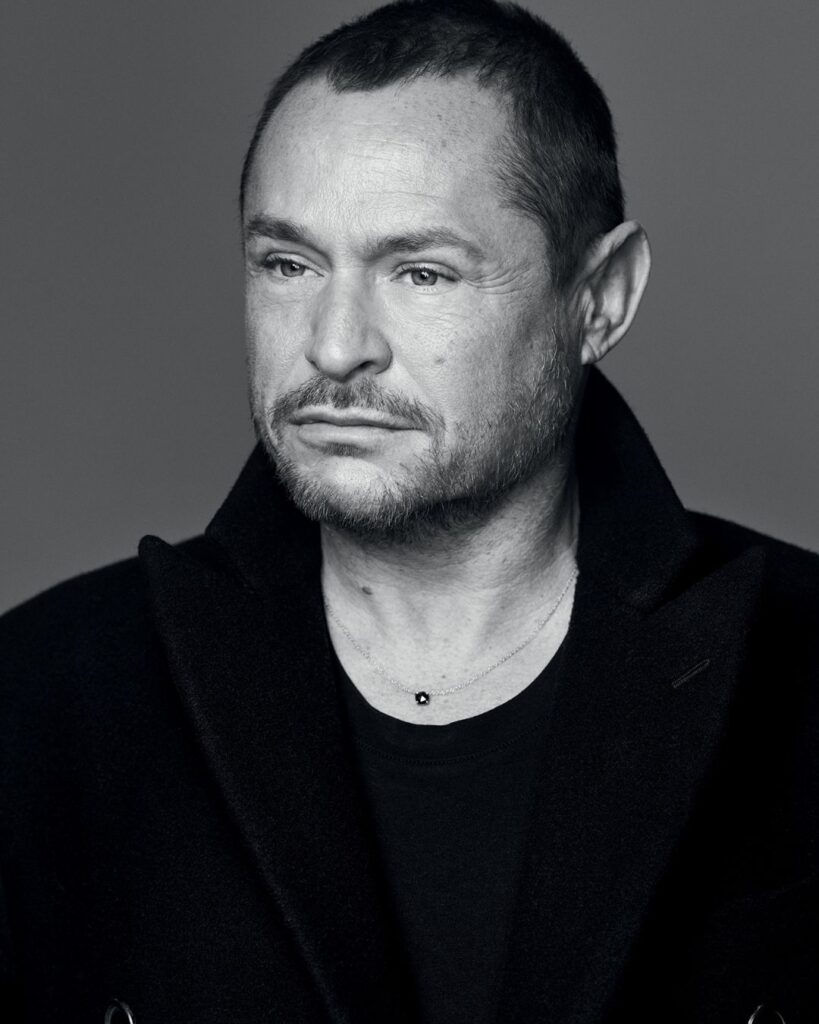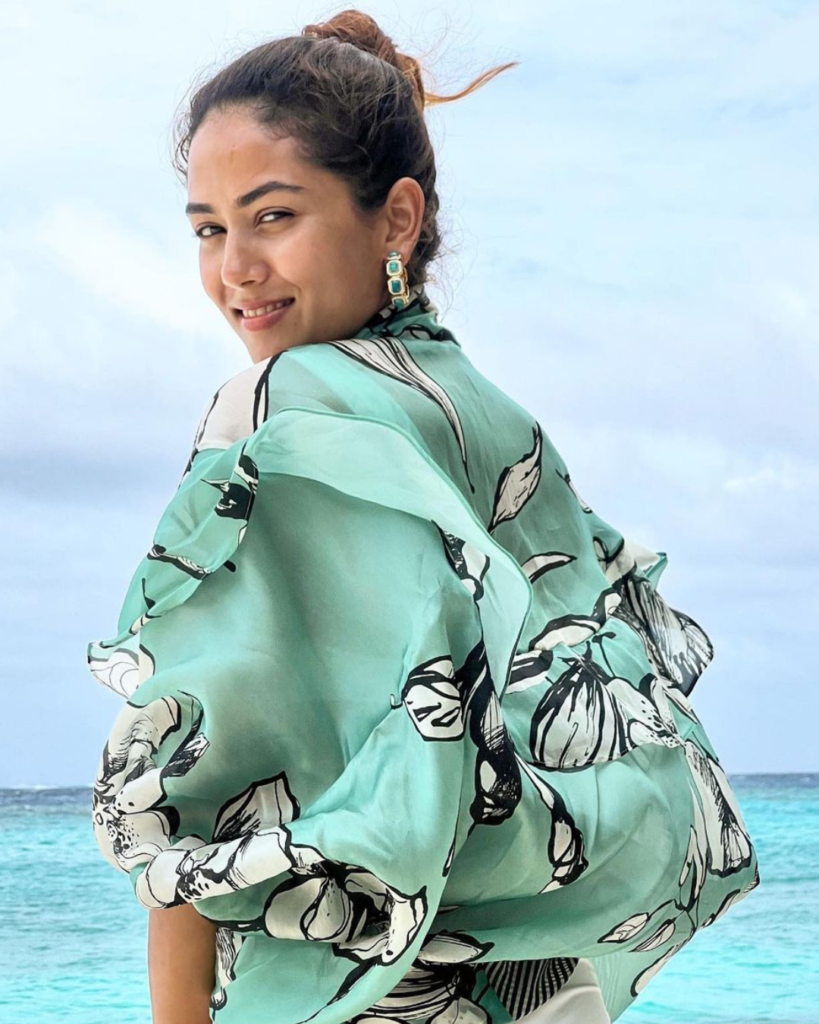Get ready to be dazzled, and, perhaps, a little envious.
- Fashion
Meet the World’s Most Expensive Diamonds
- ByMeghna Sharma
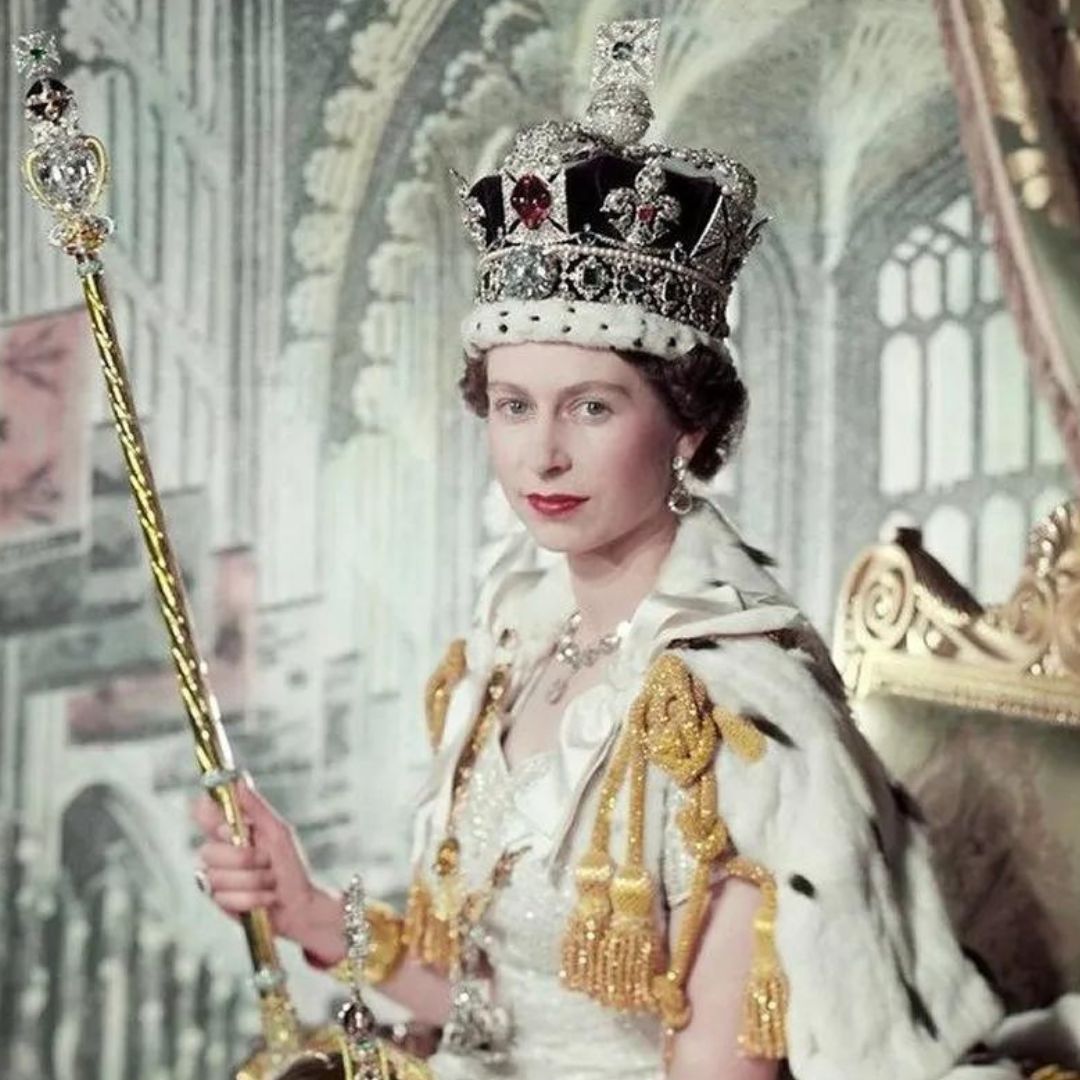
Queen Elizabeth II was photographed with one of the sceptres and the orb after her coronation in 1953. The Koh-I-Noor, the most dazzling diamonds in the world, is encrusted in the crown.
There are very few things that can match the allure of a diamond, and the world has been privy to some remarkable rocks… These gems—owned by royalty and fine jewellers—aren’t just accessories, they are celestial works of art. Hold on as we take you on a journey through the scintillating galaxy of some of the most expensive diamonds in the world.
The Winston Pink Legacy at $50.4 million
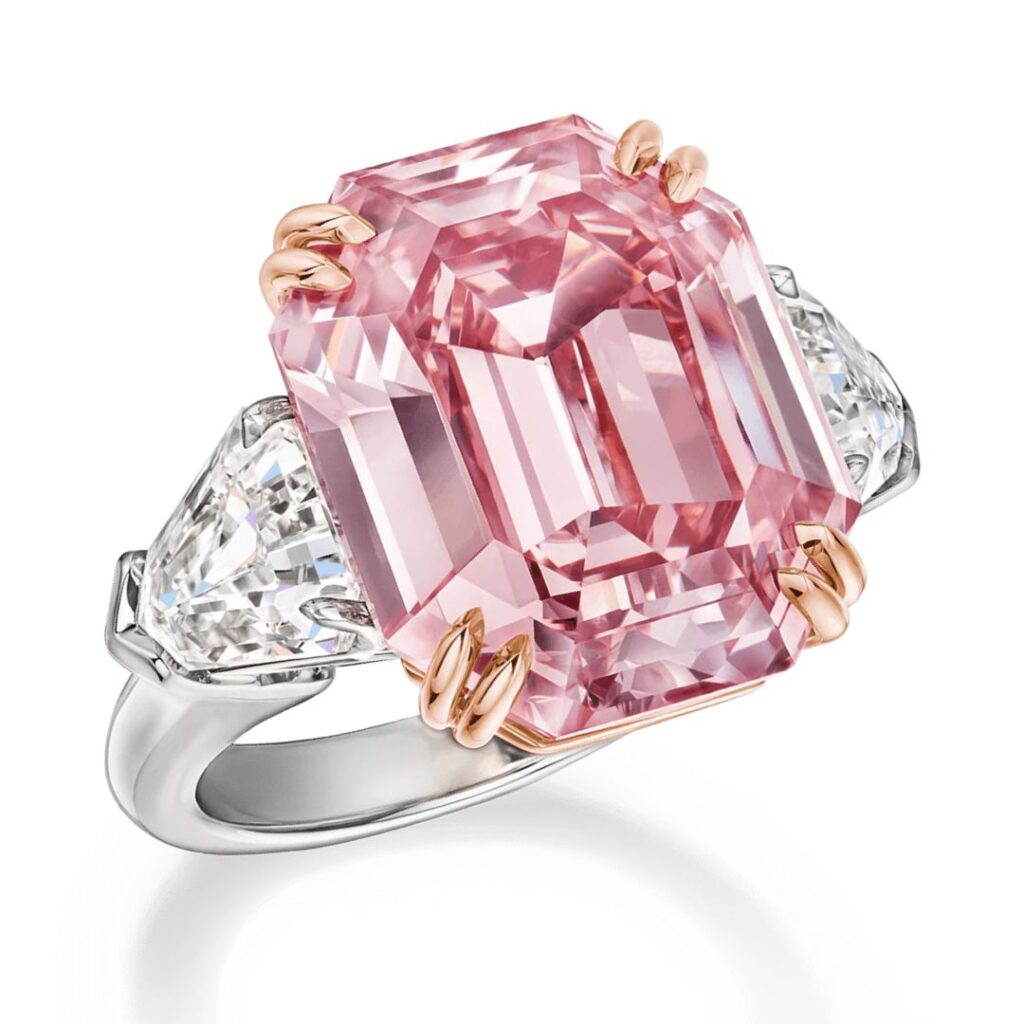
This remarkable just-under-19-carat vivid pink diamond once belonged to the Oppenheimer family before it was sold to master jeweller Harry Winston for $50.4 million a few years ago. The one-of-a-kind, rare rock was christened as The Winston Pink Legacy, and set in rose gold and platinum as a ring accented with shield-cut, colourless diamonds on the side. Auctioned by Christie’s, it is the most expensive pink diamond ever sold by them, and it also set a world auction record for fetching highest price per carat for a pink diamond.
The Graff Lesedi La Rona at $53 million
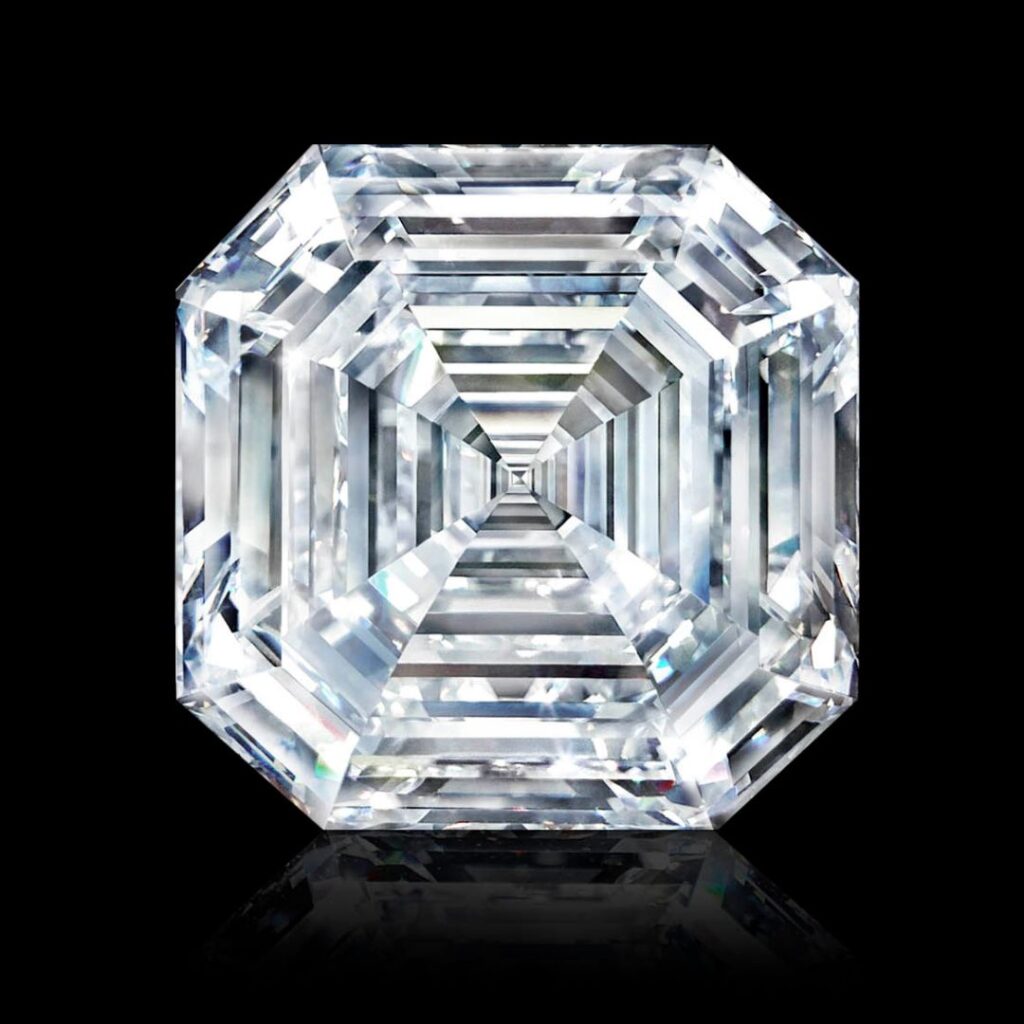
Discovered in Botswana, Africa, in 2015, the 1,109-carat Lesedi La Rona was a historic find—it was the world’s second-largest gem-quality diamond. It is believed that Laurence Graff, English jeweller and Founder of Graff, had his eye on this humungous rough rock from the moment it was discovered. He ultimately bought it for a whopping $53 million and spent nearly two years overseeing the cutting and polishing of the stone, which produced the Graff Lesedi La Rona, a 302.37-carat diamond. Not just that, the Graff Lesedi La Rona holds the world record of the largest diamond of the highest colour and clarity ever certified by the GIA, and the world’s largest square emerald cut diamond. Along with this beauty, the rough stone also produced 66 diamonds, ranging in size from less than a carat to around 26 carats.
The Oppenheimer Blue Diamond at $57.5 million
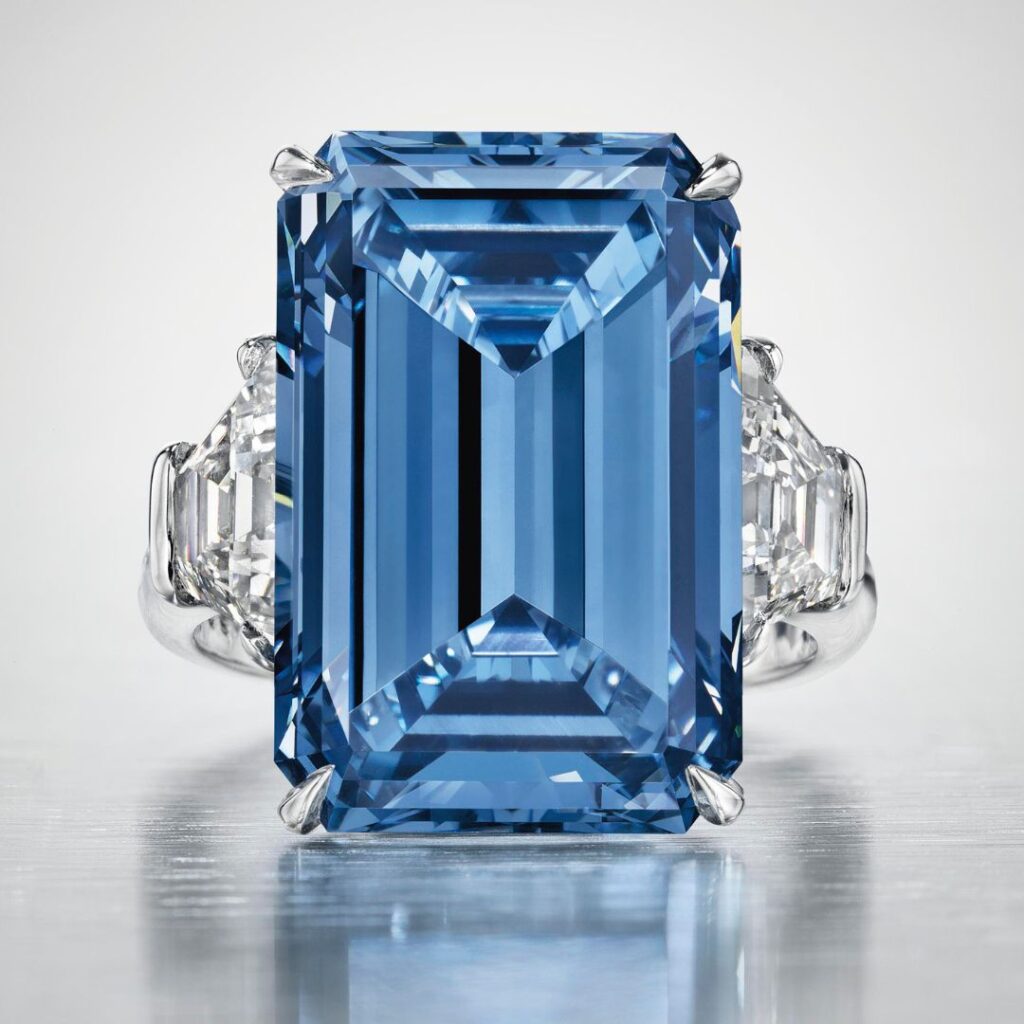
Deemed as the ‘rarest of the rare gems’ in the world, this stone is named after its previous owner, Sir Philip Oppenheimer, the legendary British diamond dealer. At 14.62 carats, the Oppenheimer Blue is the world’s largest vivid blue diamond. Discovered in Cullinan, South Africa, it was sold at an auction in 2016 for $57.5 million. The blue diamond is set in a ring flanked by trapeze-cut white diamonds on both sides.
The Regent Diamond at $61 million
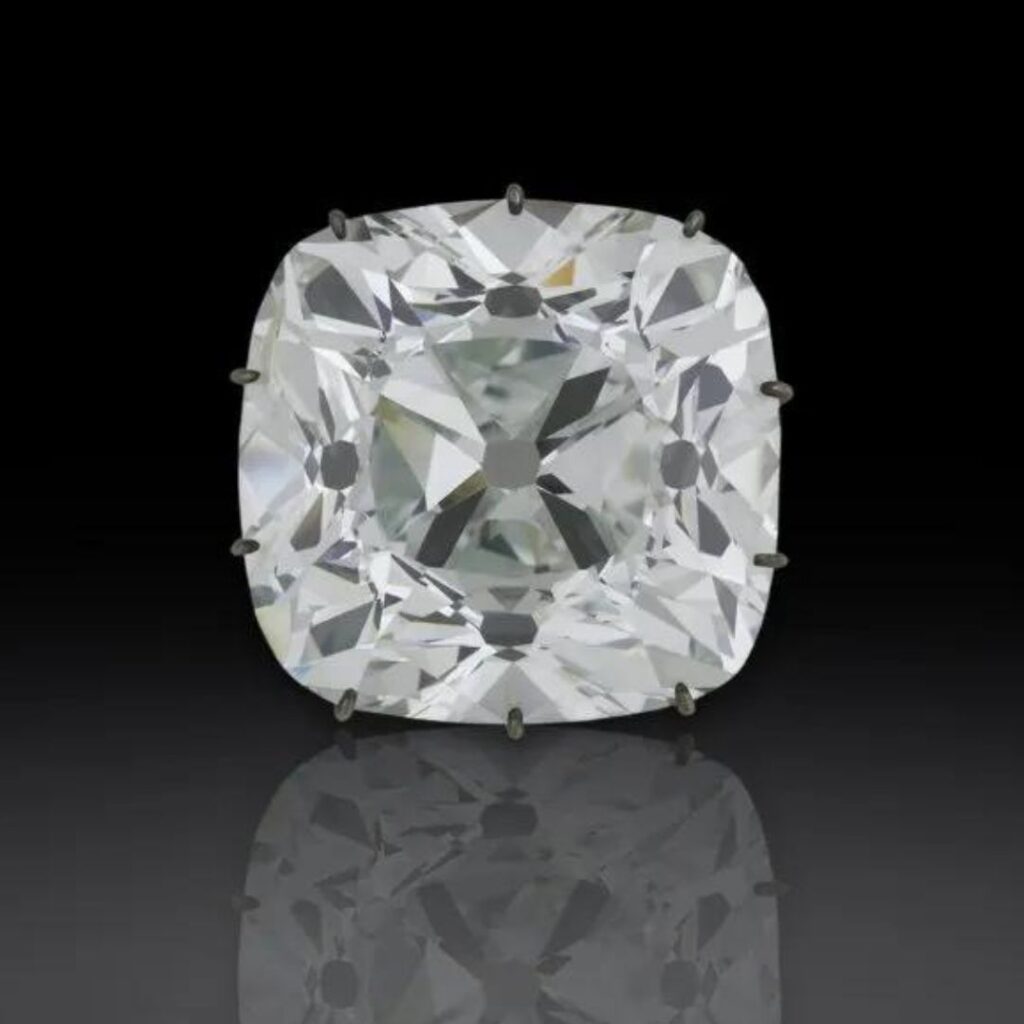
The famed Regent Diamond was discovered in Kollur Mine in Andhra Pradesh in 1698. The rough stone, which weighed 426 carats, was fancied by many merchants at the time, and was purchased by Sir Thomas Pitt, the British governor in Madras. The rough stone with a pale blue tinge was carved in a brilliant-cut, 141-carat cushion diamond, and was named the Pitt Diamond. However, when the Duke of Orléans, Regent of France purchased it in 1717, it was renamed the Regent Diamond. However, the diamond was stolen in 1792, along with other crown jewels. It was later recovered and history records reflect that Napoleon I wore the diamond in the pommel of his sword. Today, the Regent Diamond can be found in the Louvre Museum in Paris, and it has been on display there since 1887.
The De Beers Centenary Diamond at $100 million
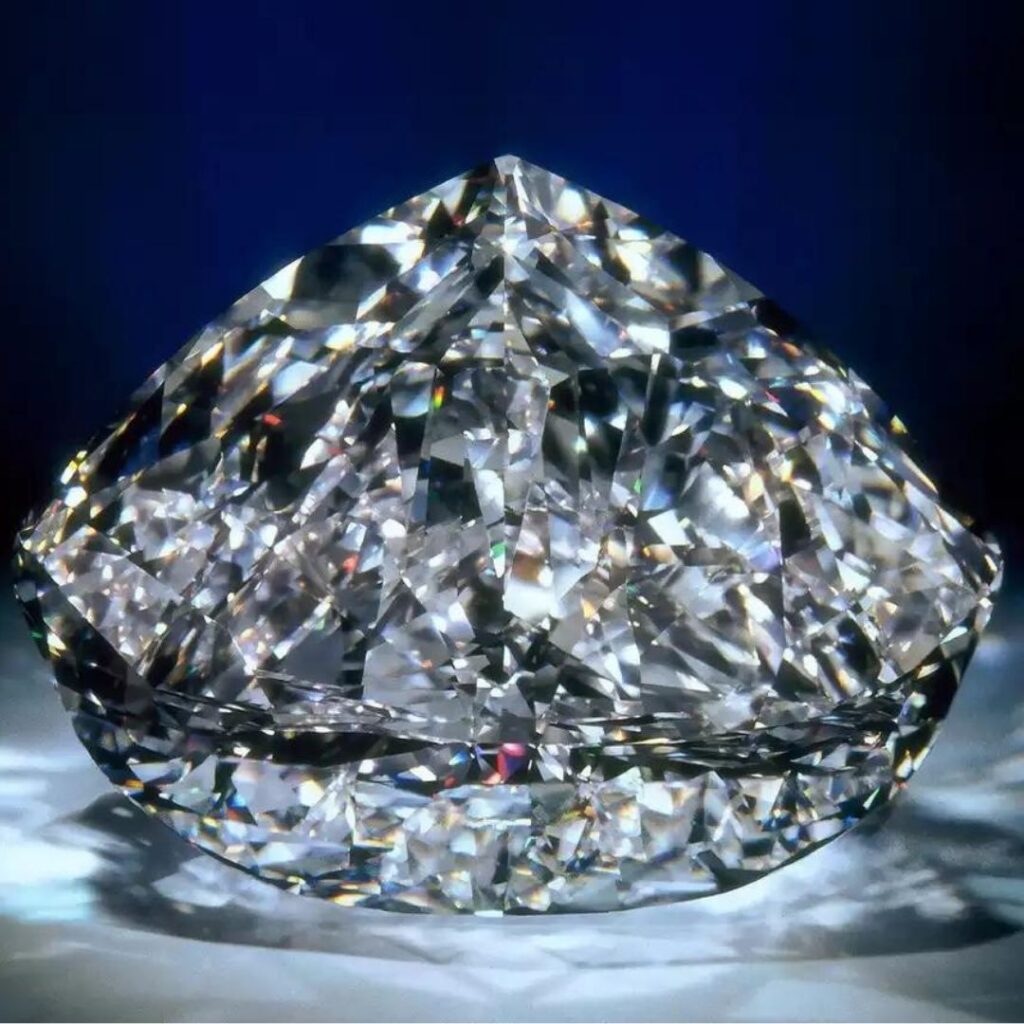
When we speak of legendary diamonds, it would be criminal to not include this gem. In 1988, at De Beers’ centenary celebrations, it was revealed that they discovered a whopping 599-carat diamond two years before. But the weight of the stone was not the most remarkable thing about it—it was the world’s largest top-colour diamond, flawless internally and externally. The rough stone was cut into a 273.85-carat Centenary Diamond, featuring 247 perfectly aligned facets. Today, this glorious stone is no longer with De Beers and is said to be in the possession of an unknown owner.
The Hope Diamond at $350 million (approximately)
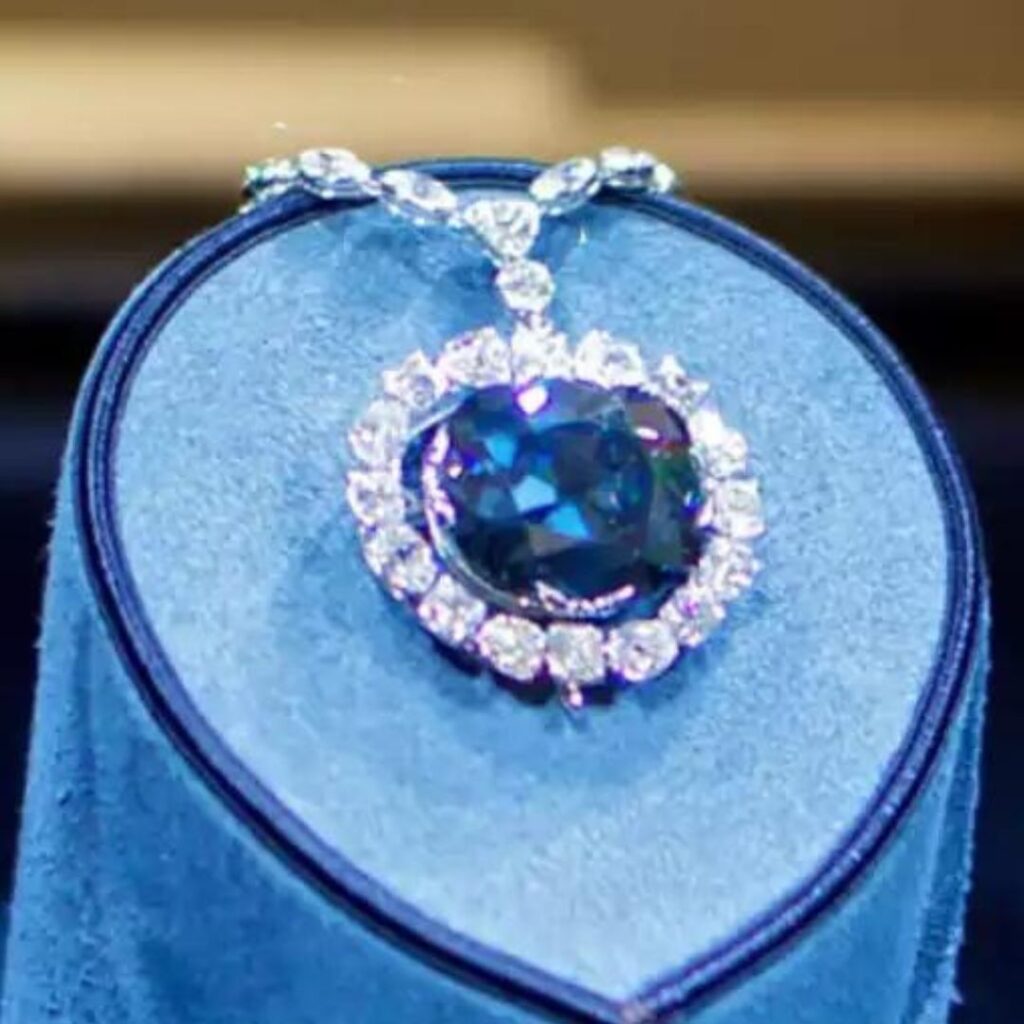
It is unfortunate that the story of a diamond as magnificent as this is punctuated with a series of misfortunes and tragedies. The Hope Diamond was discovered in 1673 in the Kollur Mine in India. The 115-carat greyish-blue diamond was first bought by King Louis XIV, but it was stolen from him. The Hope Diamond resurfaced almost 50 years later, however, it was believed to have brought bad luck to anyone who came in possession of it.
In 1910, Pierre Cartier bought the diamond and sold it to American heiress Evalyn Walsh McLean in 1911. While the diamond held its notorious reputation, and Evalyn did lose her loved ones along with her fortune, but her love for The Hope Diamond remained intact—she continued to wear it till she passed away. The last owner of The Hope Diamond was American jeweller Harry Winston, who later donated it to the Smithsonian Museum in Washington, D.C.
Koh-I-Noor at well…it’s priceless!
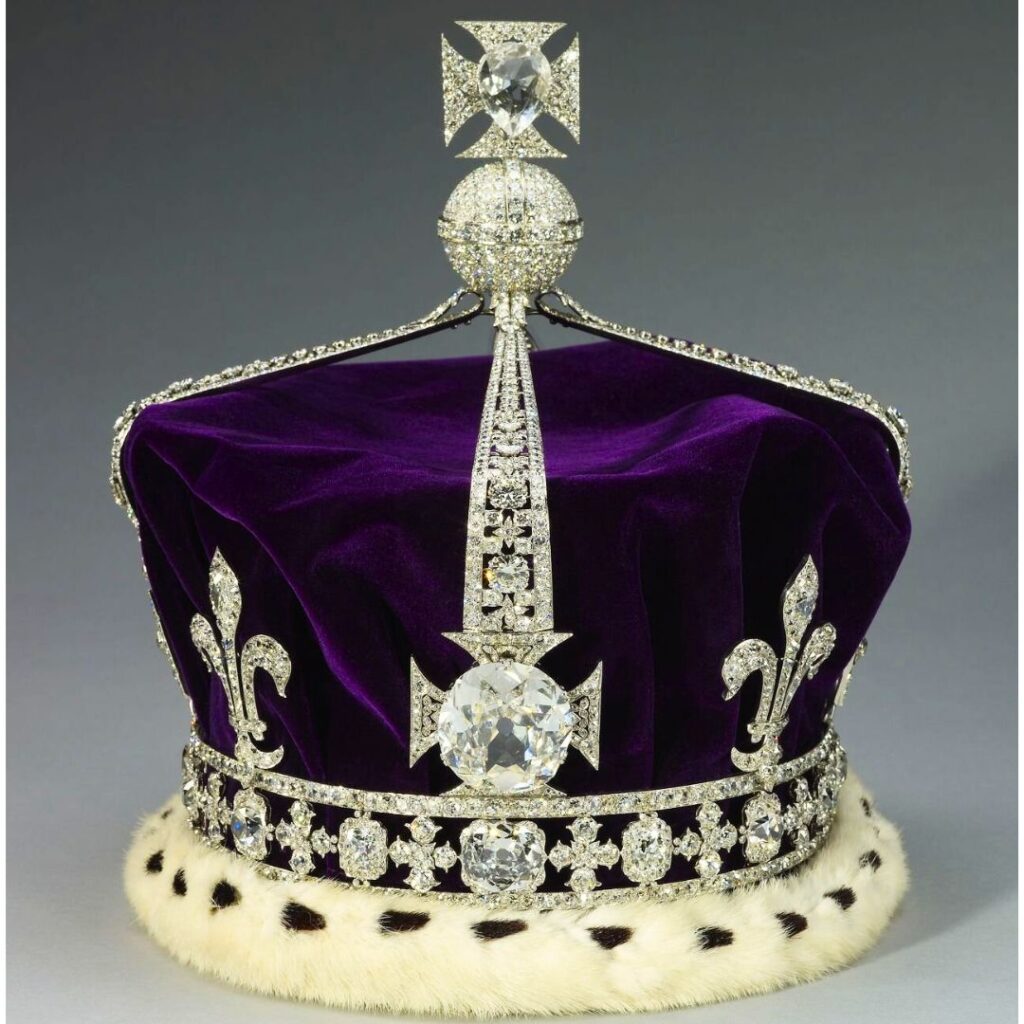
Perhaps one of the most controversial diamonds in the world, the name Koh-i-Noor translates to ‘mountain of light’ in Persian. Koh-i-Noor in the rough was believed to be 793 carats, and it was later cut and brought down to 191 carats. However, in 1852, royal jeweller Garrad of London, further reduced the size to 105.6 carats to highlight its brilliance and fire—it has been a part of the British crown jewels since 1849.
The magnificent diamond was discovered in Kollur Mine in India, and legend has it that the Koh-i-Noor has had many owners—it was stolen a few times, and it featured in war spoils as well. But the Koh-i-Noor was believed to be ‘acquired’ by the British on the annexation of Punjab in 1849, and, today, it rests on the British crown.

